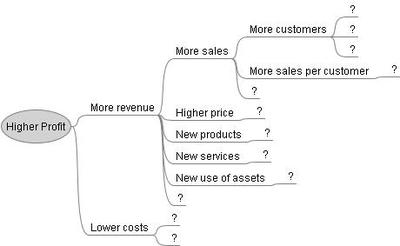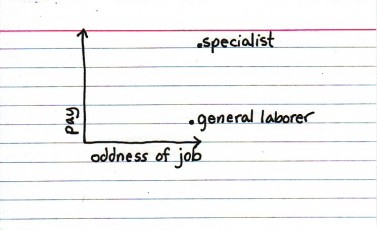Who is it for?
Influence: The Psychology of Persuasion is for anyone whose role requries persuading others, particularly marketers & entrepreneurs. It doesn’t mean manipulating other people, it means aligning your approach to the way that others assess their decisions and opportunities.
Who wrote it?
Robert B. Cialdini Ph.D. of Arizona State University who researched which psychological principles influence our tendency to comply with requests.
The core idea
Being busy, we humans rely on shortcuts – triggers – to help us decide which requests we will comply to eg. whether we take a salesperson’s call or help a stranger. Robert has determined that there are six universal triggers which he calls weapons of influence. His book details them so that we can use them or avoid falling for them as appropriate. They are:
1) Reciprocation
An extremely powerful tool, this is used extensively – free samples, free gifts, donated time, etc. Having been given something we are obliged to reciprocate and are more likely to comply, even if we don’t like the person we are obliged to.
2) Commitment / Consistency
As humans we demand internal consistency so that we are not lying to ourselves. Examples of triggers include our previous decisions, presale surveys, asking for stated responses (eg. ‘How did you enjoy the free sample?’) and asking people to make minor concessions to encourage larger ones later. Think interrogation techniques, salesmen who ratchet up the pressure, etc.
3) Social proof
We look to see what other people are doing before making our own decision. How do we know if someone lying on the road is a sleeping drunk or someone in need of urgent medical assistance? We watch to see what others are doing. Testimonials, ‘our millionth customer’, seeding tip jars with cash, etc, are also examples of social proof.
4) Liking
We tend to comply with people who we like (are friendly, warm, personable), are like us (race, religion, creed) or we aspire to be like (eg. Tiger Woods).
5) Authority
We give more weight to authority figures – police, doctors, etc. Scarily we also allow this weight to be transferred to people wearing uniforms (rent-a-cop security guards), actors who play authority figures (and then do a TV commercial recommending medical products, say) among others.
6) Scarcity
We assume that things that are scarce have more value. Scarcity may be in terms of availability (‘Hurry, only three left!’) or it may be in terms of time (‘Quick! Sale ends tomorrow’). More subtle uses include limited editions of photographic prints, etc.
Why I liked it
This book has enabled me to get a higher response rate on my offers and requests, be they in person, via email, flyers, advertising or on my website. While I have always made mutually beneficial offers, people don’t have the time to trawl through a whole website to come to that understanding. By including as many triggers as possible in each request people can quickly assess my offer and give it the additional attention I believe it deserves. To this end I’ve memorised the weapons of influence so that they’re always at my fingertips. Finally it’s also helped me avoid a few pitfalls, and understand why some people and businesses are more successful than others.




